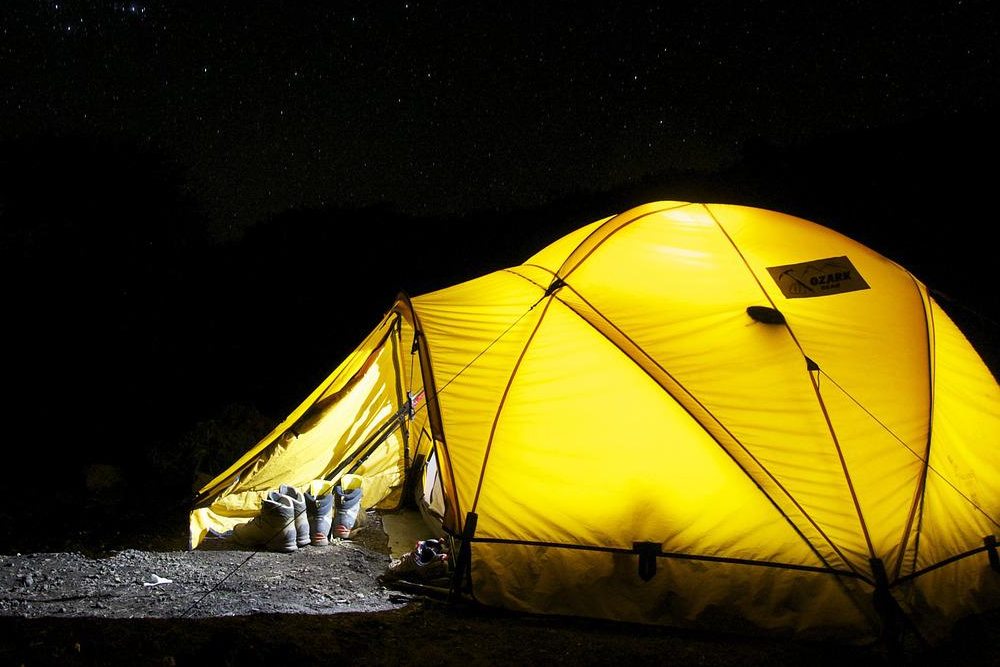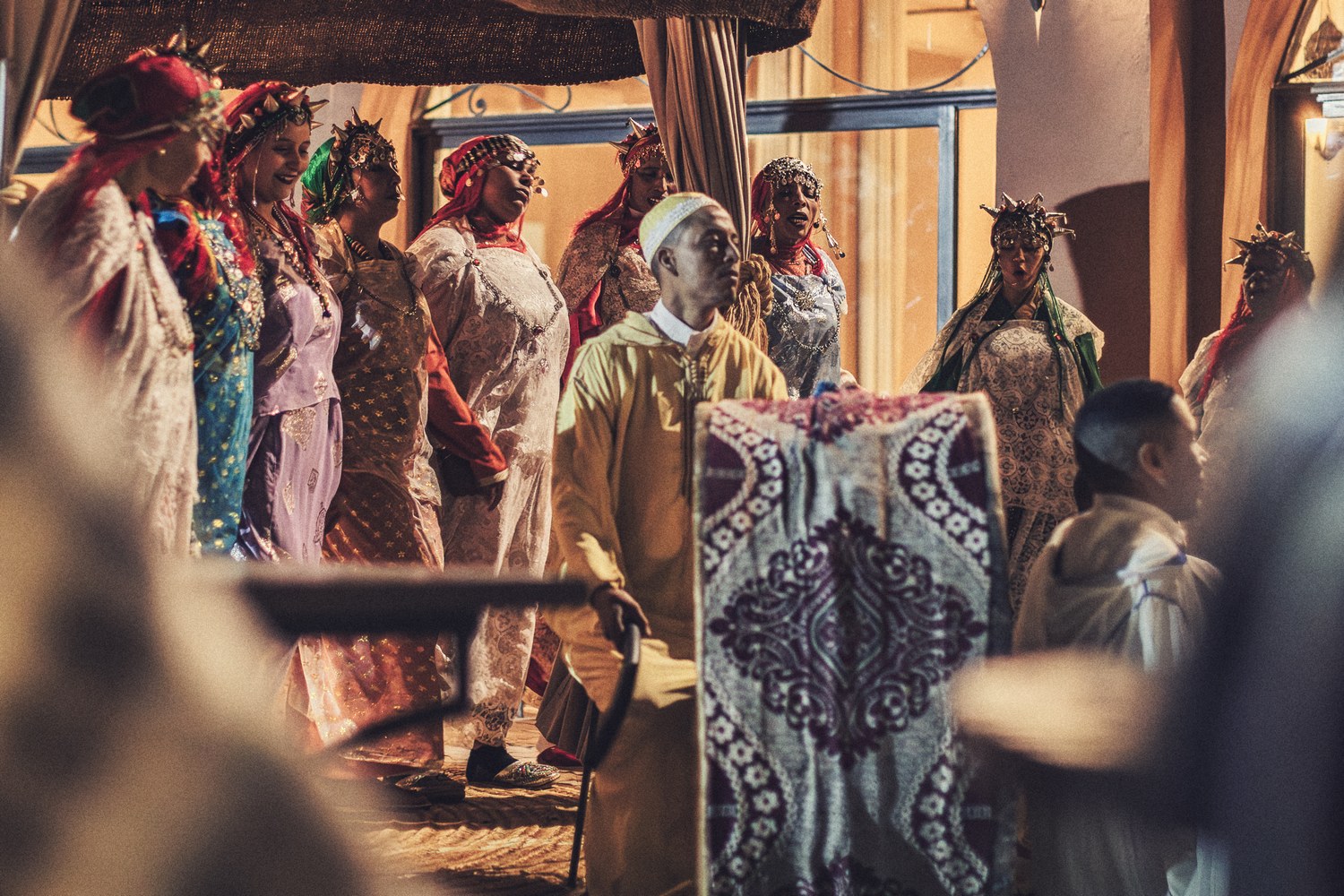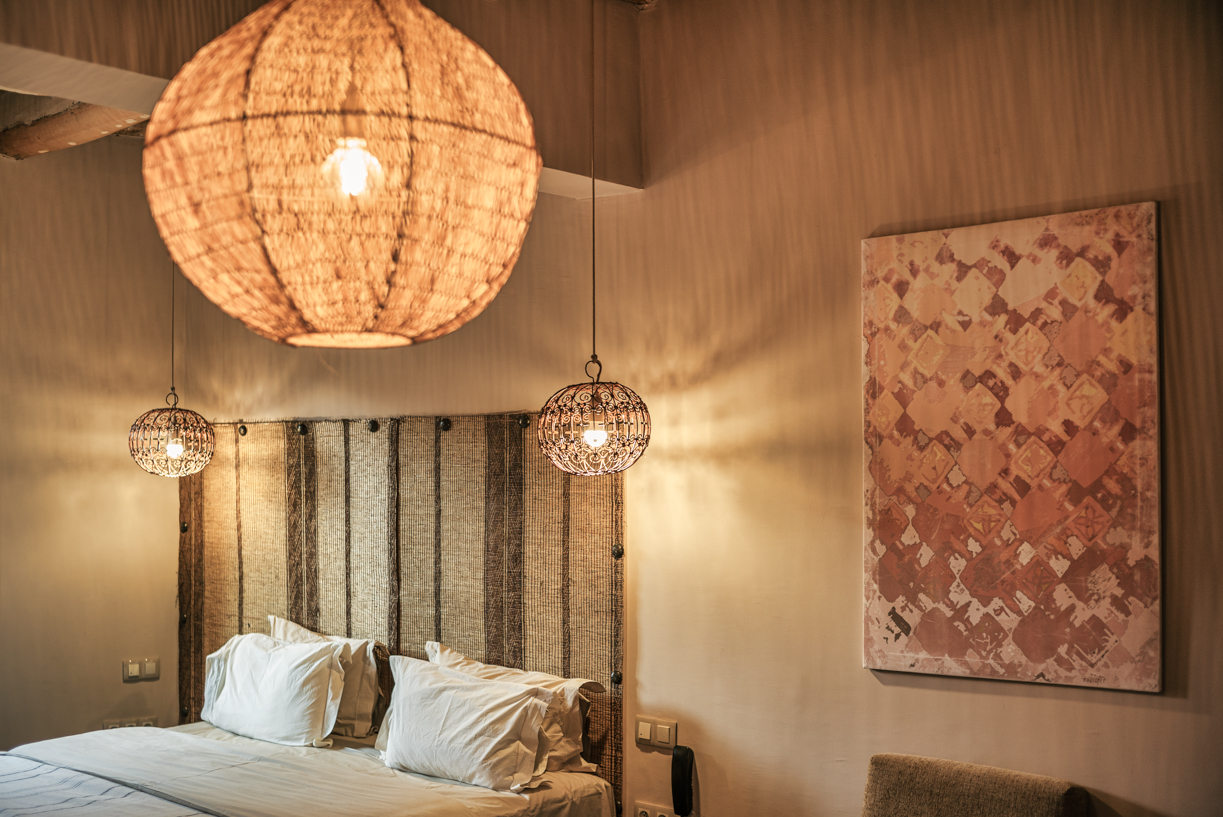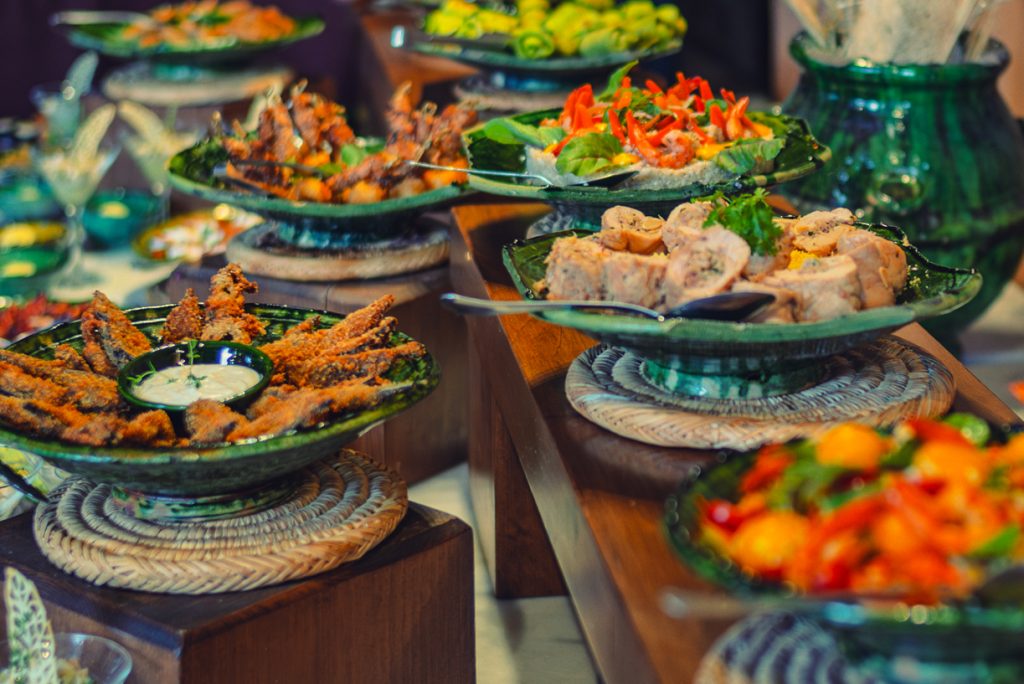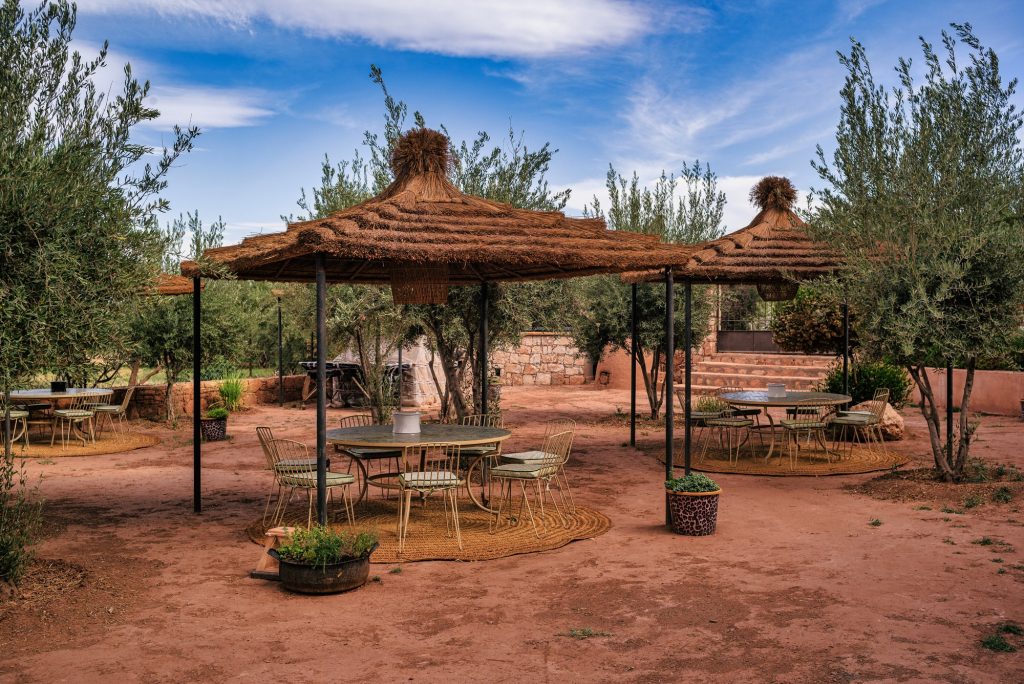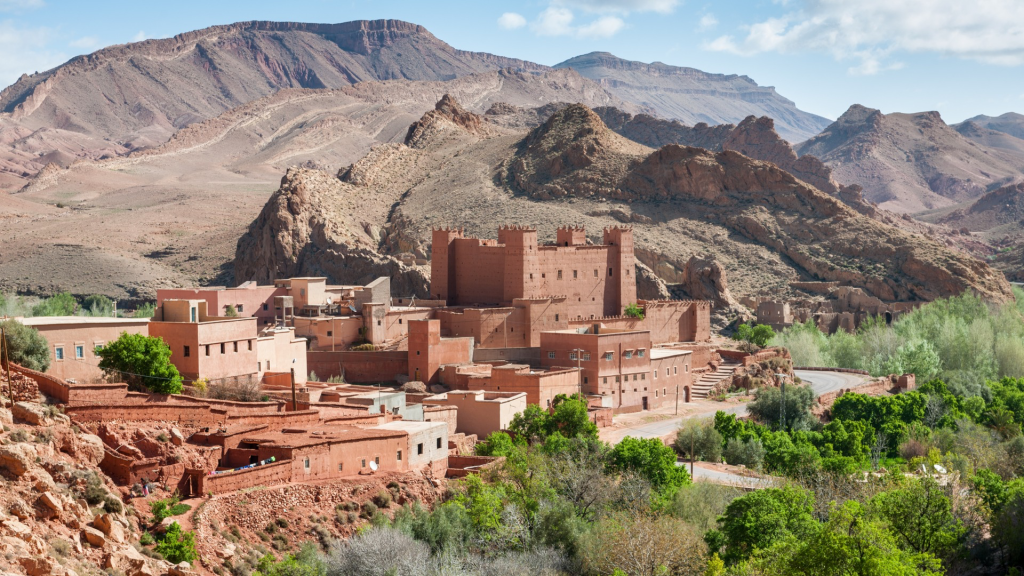Only the oral heritage carries the immemorial eras of the communities that have populated the south-eastern region of Morocco. Ahwach is a branch of this heritage. An art that combines dance and sung poetry. It embodies the ethnic melting pot and the Berber communities' conception of the world and themselves. It is a tradition conceived and practised by men and women as a means of conveying their history and thus escaping oblivion. It's also a way of going back in time to understand the way of life and thinking of the Amazigh communities of yesteryear.
Ahwach is therefore first and foremost an artistic creation, a means of expression that bypasses the ordinary and uses gesture, speech and body movement to express different messages without transgressing social etiquette and with respect for rigorous elegance. These messages, however, tackle the taboos of the community in order to overcome them without undermining the balance of the collective. In such a conformist society, Ahwach is a breach of freedom, caprice, madness, intoxication and fantasy for women and men alike. With Ahwach, bodies are set ablaze, tongues are loosened without fear, and imagination knows no bounds.
Women and men use poetry and dance to create a world where body, soul and spirit can flourish.
Ahwach also deserves the status of an art form in its own right because it conveys the values and way of life of the Amazigh community in times gone by. Hence the need to transcribe it onto other, more modern media for educational purposes and to programme it in art training institutes.
Ahwach may only be a Berber tradition, but it echoes a shared, plural history, that of the many peoples and cultures that have lived in or passed through south-east Morocco.
This dance is offered at the Riad to liven up evenings and meals.
